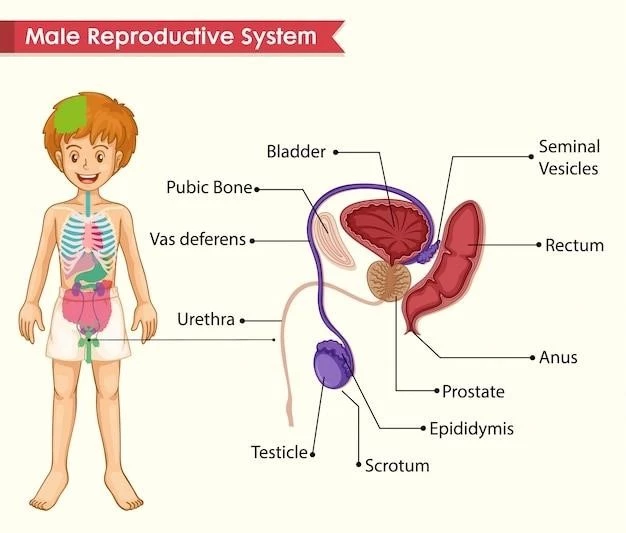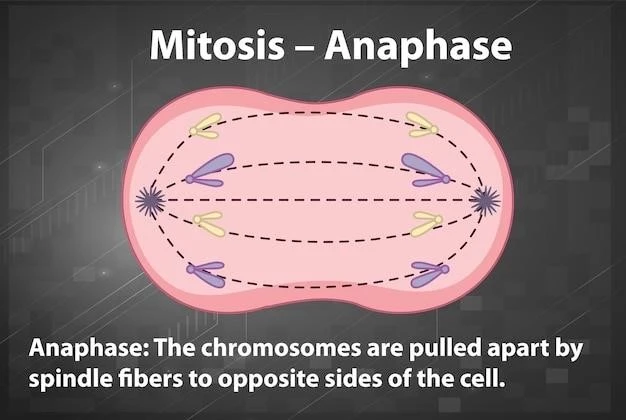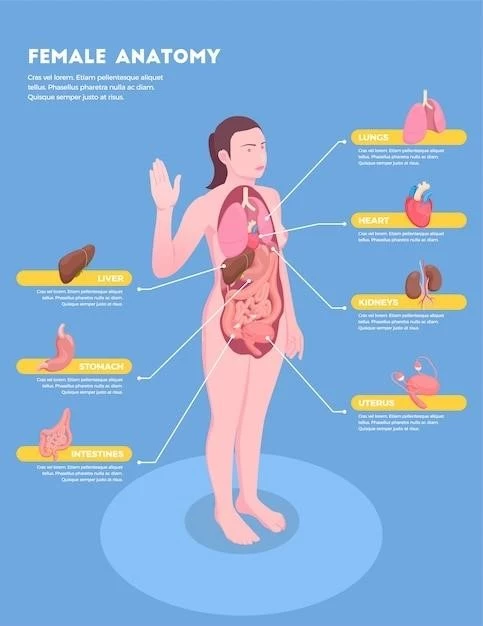Introduction to Mievis–Verellen–Dumoulin Syndrome
Disease⁚ Mievis–Verellen–Dumoulin Syndrome. Short Stature, Brussels Type. Musculoskeletal and fetal diseases.
Definition and Overview
Mievis–Verellen–Dumoulin Syndrome, also known as Short Stature, Brussels Type, is characterized by musculoskeletal and fetal diseases. It presents with short stature, unique facial features, and osteochondrodysplastic lesions. The syndrome was first described by Mievis et al. in 1996, highlighting distinctive clinical characteristics such as a slender trunk, triangular face, and delayed bone development. This rare genetic disorder affects growth and skeletal development, showing autosomal or X-linked recessive inheritance patterns. Although rare, the syndrome poses significant challenges in diagnosis and management.
Clinical Presentation of the Syndrome
The clinical presentation of Mievis–Verellen–Dumoulin Syndrome includes short stature, unique facial features, and skeletal abnormalities.
Physical Characteristics
Mievis–Verellen–Dumoulin Syndrome is characterized by short stature, unique facial features including a triangular face, and osteochondrodysplastic lesions. Patients may exhibit a slender trunk, delayed bone development, and distinctive craniofacial dysmorphism. Additionally, individuals with this syndrome may present with a low chest circumference, relatively large head, and other skeletal abnormalities affecting their growth and physical appearance.
Associated Symptoms
Patients with Mievis–Verellen–Dumoulin Syndrome may experience associated symptoms such as unique facial features, skeletal abnormalities, and delayed bone development. Common signs include a triangular face, slender trunk, low chest circumference, and distinctive craniofacial dysmorphism. Additionally, individuals with the syndrome may present with osteochondrodysplastic lesions, a relatively large head, and other skeletal issues impacting their physical health.
Diagnosis and Genetic Factors
The diagnosis of Mievis–Verellen–Dumoulin Syndrome involves assessing physical characteristics, genetic testing, and skeletal abnormalities.
Age of Onset
The age of onset for Mievis–Verellen–Dumoulin Syndrome typically manifests in infancy or the neonatal period, with evident skeletal abnormalities and facial dysmorphism present at an early age.
Related Genes
Research has not identified specific genes related to Mievis–Verellen–Dumoulin Syndrome. Further studies are needed to understand the genetic factors contributing to the development of this rare genetic disorder.
Medical Management and Treatment
Individuals with Mievis–Verellen–Dumoulin Syndrome may require a multidisciplinary approach for medical management and treatment.
Drug Therapies
Currently, there are no specific drug therapies tailored for Mievis–Verellen–Dumoulin Syndrome. Treatment primarily focuses on managing symptoms and providing supportive care.
Disease Models
Studies on Mievis–Verellen–Dumoulin Syndrome have not yet identified specific disease models to understand the underlying mechanisms and progression of the condition. Further research is required to establish disease models for this rare genetic disorder.
Research and Studies on Mievis–Verellen–Dumoulin Syndrome
Investigations into Mievis–Verellen–Dumoulin Syndrome have explored distinct clinical features, genetic factors, and skeletal abnormalities.
Findings from Mievis et al. (1996)
In 1996, Mievis et al. described a distinctive familial short stature syndrome, Brussels type, presenting with unique facial features, skeletal abnormalities, and delayed bone development in affected individuals.
Current Research Trends
Current research trends in Mievis–Verellen–Dumoulin Syndrome focus on exploring clinical features, genetic factors, and skeletal abnormalities to enhance understanding and management of the condition.
Impact on Patients and Caregivers
The unique features and challenges posed by Mievis–Verellen–Dumoulin Syndrome can significantly affect both patients and caregivers.
Resources for Patients
Patients with Mievis–Verellen–Dumoulin Syndrome can benefit from various resources such as support groups, genetic counseling, and medical specialists familiar with the condition to help manage their healthcare needs effectively.
Support for Caregivers
Caregivers of individuals with Mievis–Verellen–Dumoulin Syndrome can access support services, counseling, and caregiver-specific resources to help navigate the challenges of caring for a loved one with this condition.

Disease Management Strategies
The management of Mievis-Verellen-Dumoulin Syndrome involves a comprehensive approach to address the unique challenges associated with the condition.
Living with Mievis–Verellen–Dumoulin Syndrome
Living with Mievis–Verellen–Dumoulin Syndrome can involve managing physical challenges, seeking appropriate medical care, and addressing the unique health needs associated with the condition.
Disease Prevalence and Classification
Mievis-Verellen-Dumoulin Syndrome is classified as a rare disorder with prevalence below 1 in 200٫000 individuals in the United States.
Rarity of the Syndrome
Mievis–Verellen–Dumoulin Syndrome is classified as a rare disorder, with a prevalence estimated to be below 1 in 200,000 individuals in the United States, emphasizing its rarity within the population.
Mievis–Verellen–Dumoulin Syndrome is classified as a rare genetic disorder with distinct features such as severe growth retardation, short stature, craniofacial dysmorphism, and osteochondrodysplastic lesions, contributing to its unique classification within bone dysplasias.
Genetic Inheritance and Disease Development
Mievis–Verellen–Dumoulin Syndrome may involve autosomal or X-linked recessive inheritance patterns, influencing disease development and progression.
Classification Levels
Mievis–Verellen–Dumoulin Syndrome is categorized as a rare genetic disorder distinguished by distinctive clinical and skeletal features, which contribute to its unique classification within the spectrum of bone dysplasias.

Symptom Management and Treatment Adherence
Effective symptom management and treatment adherence play crucial roles in improving outcomes for individuals with Mievis–Verellen–Dumoulin Syndrome.
Possible Inheritance Patterns
Mievis–Verellen–Dumoulin Syndrome may exhibit autosomal or X-linked recessive inheritance patterns, playing a significant role in disease development and progression.
Patient Assistance Programs and Support
Accessing patient assistance programs and support resources is crucial for individuals affected by Mievis–Verellen–Dumoulin Syndrome.
Available Aid for Affording Medications
Patients with Mievis–Verellen–Dumoulin Syndrome can access patient assistance programs offered by pharmaceutical companies to aid in affording medications essential for managing the condition.
Further Research and Investigations
Specialists in Mievis–Verellen–Dumoulin Syndrome play a vital role in advancing research, conducting investigations, and expanding knowledge about the condition.
Specialists in Mievis–Verellen–Dumoulin Syndrome
Experts specializing in Mievis–Verellen–Dumoulin Syndrome are actively involved in conducting research, clinical investigations, and advancing the understanding of this unique genetic disorder.
Disease Definitions and Overview
The syndrome known as Mievis–Verellen–Dumoulin Syndrome is characterized by short stature, facial dysmorphism, and osteochondrodysplastic lesions.
Characteristics and Lesions Associated
Mievis–Verellen–Dumoulin Syndrome is characterized by short stature, craniofacial dysmorphism, severe growth retardation, and osteochondrodysplastic lesions, indicating a distinct and complex presentation of the disease.
Community Engagement and Support
Involvement in clinical studies can provide valuable insights and contribute to advancements in understanding Mievis–Verellen–Dumoulin Syndrome.
Involvement in Clinical Studies
Engaging in clinical studies provides patients with Mievis–Verellen–Dumoulin Syndrome an opportunity to contribute to research advancements and deepen the understanding of this rare genetic disorder.
Conclusion and Future Directions
In conclusion, Mievis–Verellen–Dumoulin Syndrome presents as a rare genetic disorder with distinct clinical features, emphasizing the importance of continuous research, patient support, and clinical studies to enhance understanding and management of this condition in the future.
